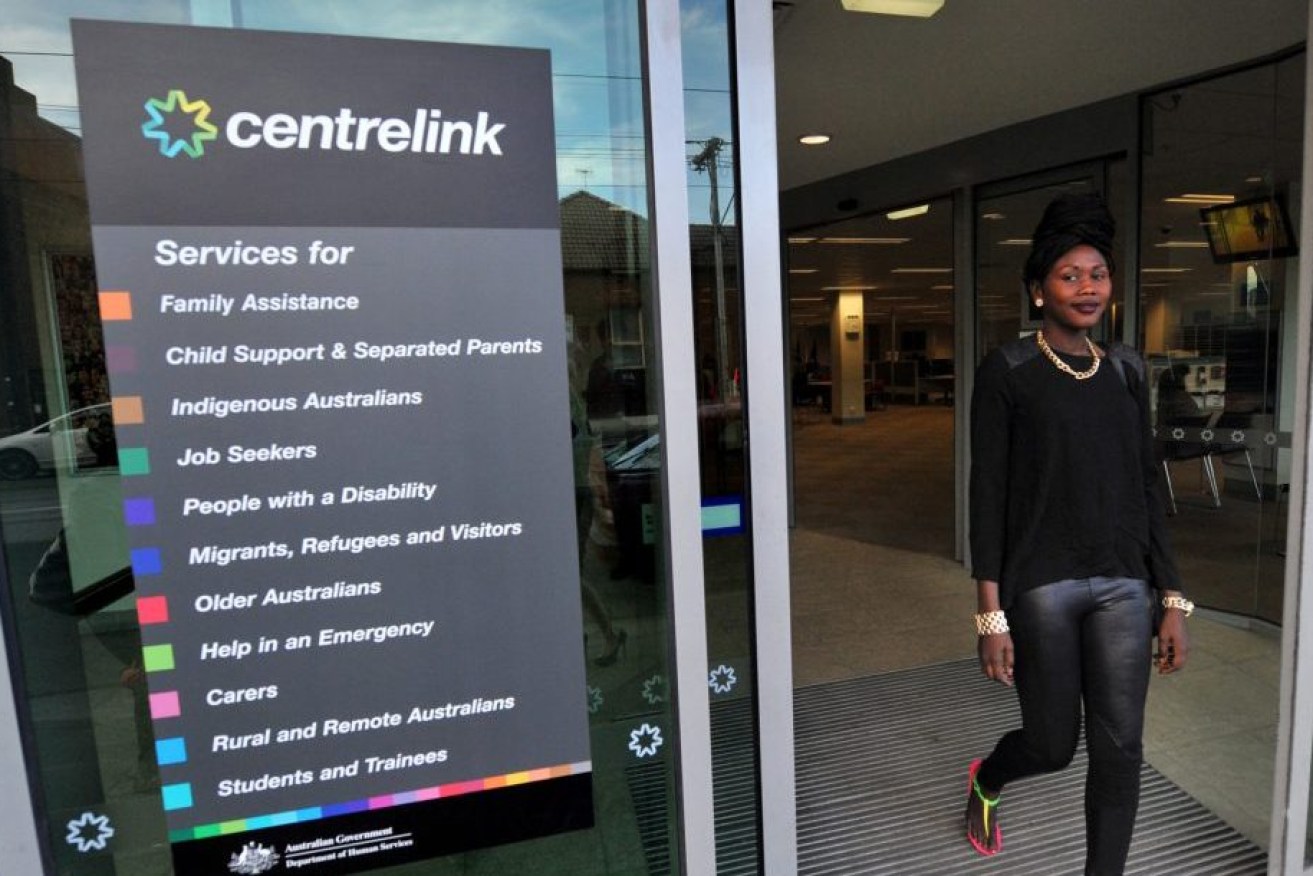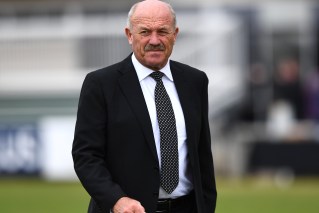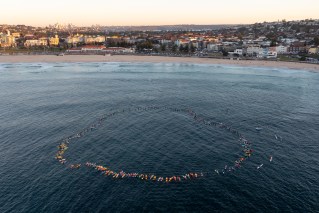Queensland sees a big jump in fulltime jobs as economy rebalances
Queensland has staged a stunning employment revival wiping out all the losses of the past year.


Queensland's unemployment is storming back
Data from the Australian Bureau of Statistics showed a remarkable rebalancing of the Queensland economy with the unemployment level fell from 7 per cent to 6.1 per cent. Nationally, it has fallen to 5.8 per cent
There were 54,000 full-time jobs created in Queensland in February, a figure regarded as “staggering” by one economist.
“Full-time employment has never been higher in Queensland and now sits 2.3 per cent higher than a year ago,’’ Conus Consultancy economist Pete Faulkner said.
The surge has not been a one-off. Full-time jobs have been growing strongly since they took a backward step in April and since November about 100,000 full-time jobs have been added.
“The fact that so many of the new jobs were full-time is reflected in the fact that hours worked per capita also jumped, after a weak reading in January, and is now back to levels not seen since March last year,’’ Faulkner said.
The rebalancing appears to have occurred in the transition of part-time to full-time work. The data indicates about 12,000 part-time roles were lost in the month.
Unlike the national figures where women had been the big beneficiaries, in Queensland it was men. An extra 25,000 men found work in February compared with only 14,000 women.
Queensland Treasurer Cameron Dick said Queensland had the biggest drop in unemployment in the nation in February.
“Our economic recovery continues to track in the right direction,’’ he said.
“There are now 39,500 more Queenslanders in jobs than than there were pre-COVID.
“This takes the number of Queensland jobs created by the Palaszczuk Government to more than 296,000.’’
The ABS also released data showing Queensland added a net 68,000 residents in the year with a net 27,000 gain from interstate migration whereas NSW and Victoria lost a net 20,000 and Victoria 3536. The only other state with a net gain was Tasmania.
The data showed about 2000 people a week were moving to Queensland (100,641), the highest of all the states, while 73,526 left over the year.
On the national stage, Scott Morrison talked up the recovery in employment, which has seen Australia’s unemployment rate shrink to 5.8 per cent.
“In less than 12 months from when the recession began, caused by the COVID-19 pandemic, there are now more jobs in the Australian economy than there were before the pandemic,” the prime minister told reporters in Canberra.
“That is something that is truly remarkable.”
Employment jumped by 88,700 in February when economists had expected a more modest 30,000 increase, and featured an 89,100 rise in full-time workers, which was only partly offset by a small fall in part-time employment.
“The strong employment growth this month saw employment rise above 13 million people and was 4000 people higher than March 2020,” Australian Bureau of Statistics head of labour statistics Bjorn Jarvis said.
However, Treasurer Josh Frydenberg conceded the employment outlook would be bumpy and challenging when the JobKeeper wage subsidy ended on March 31.












